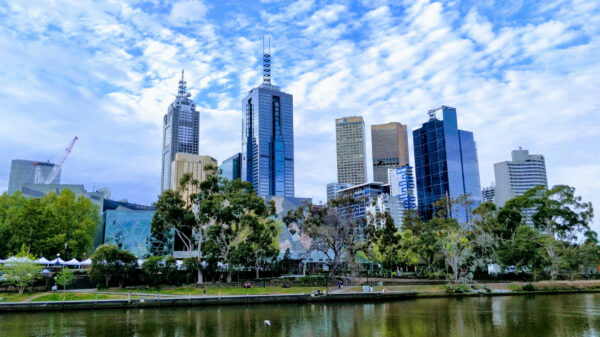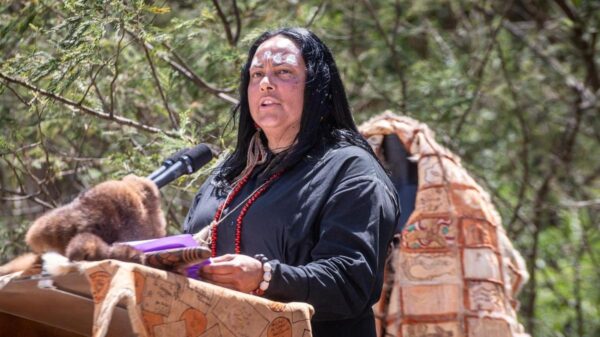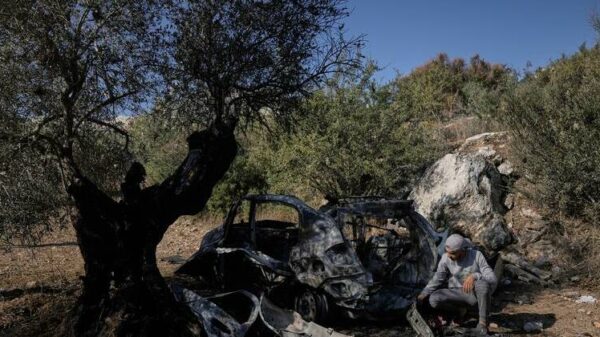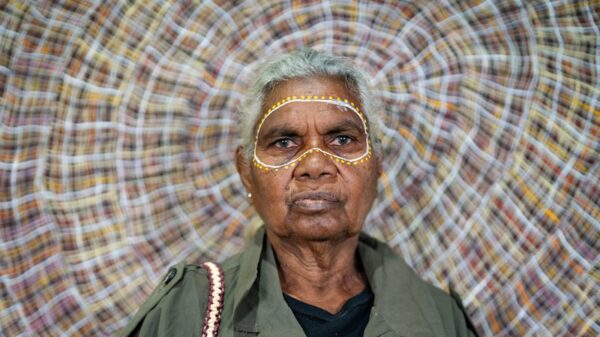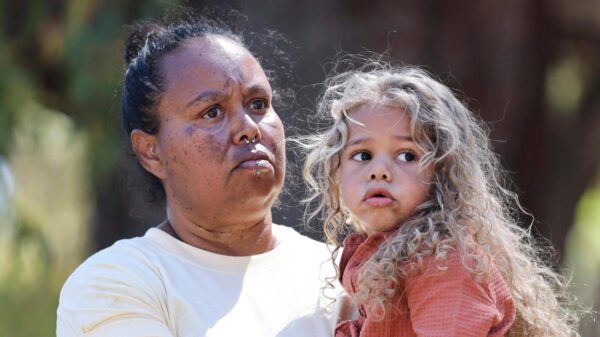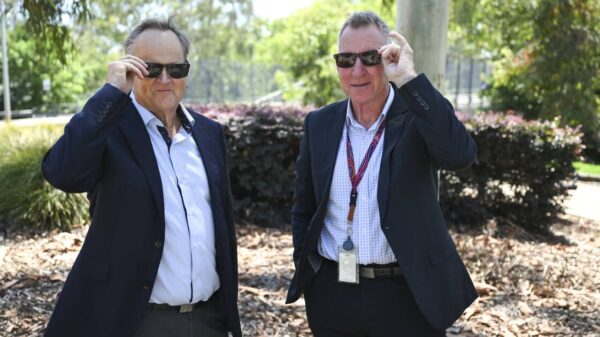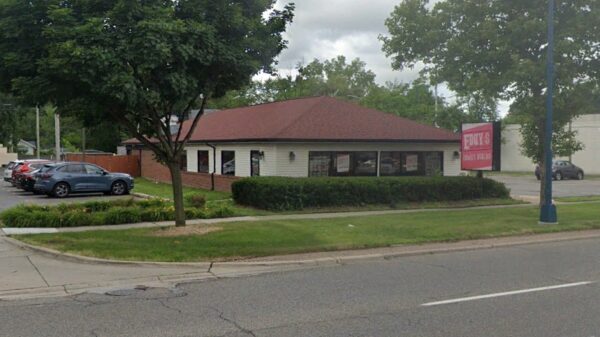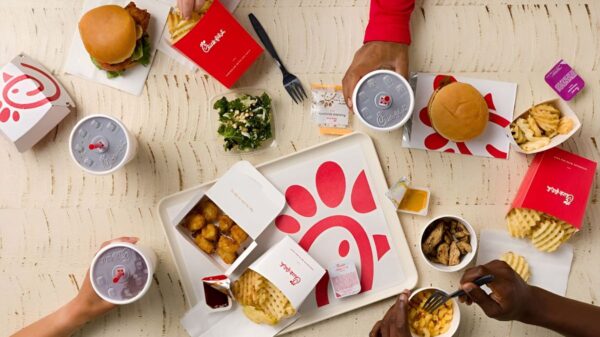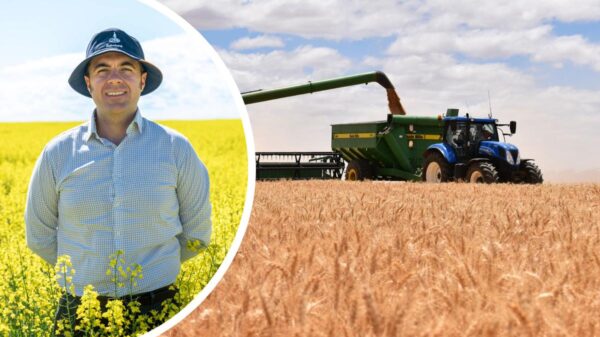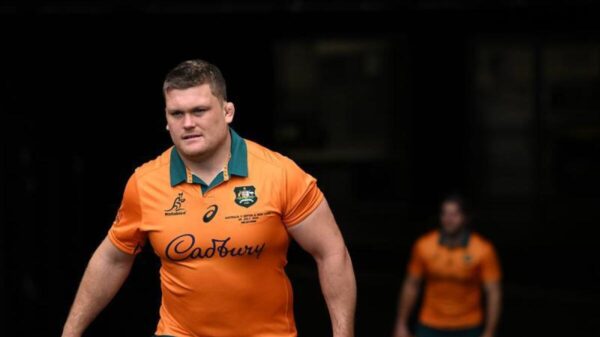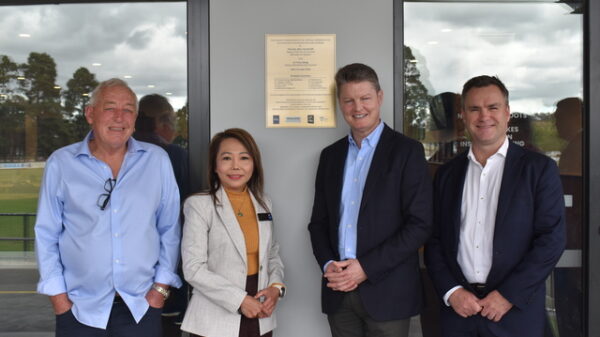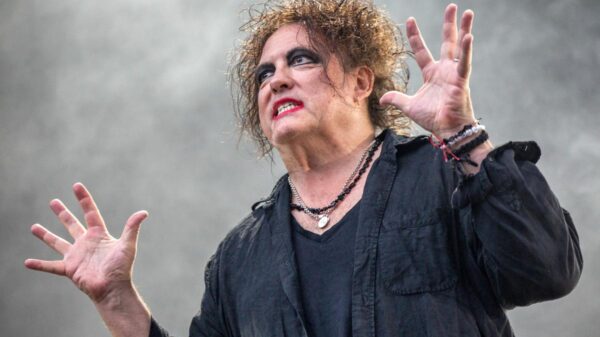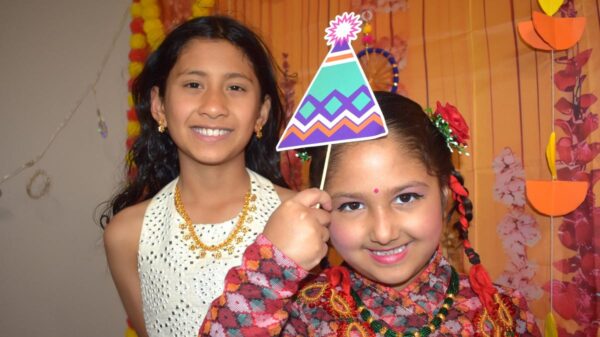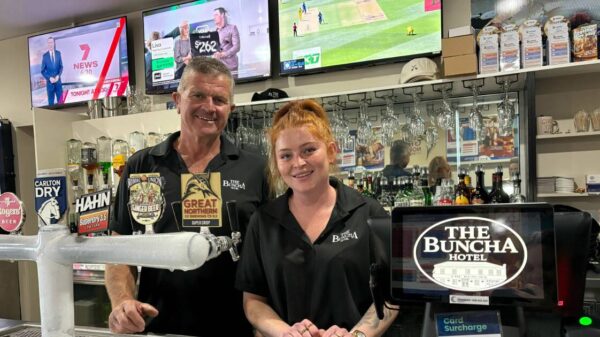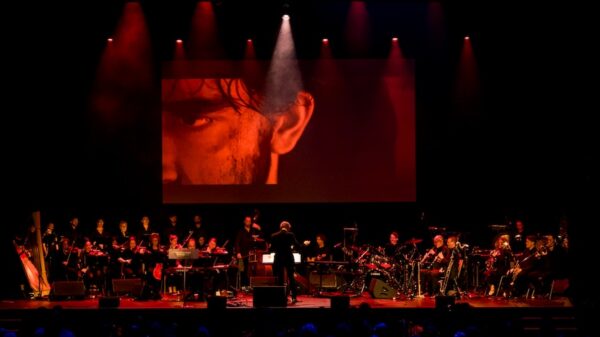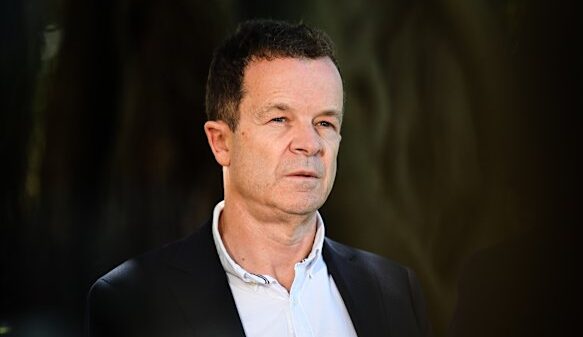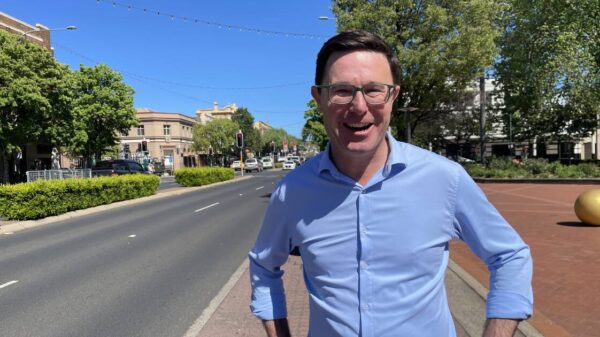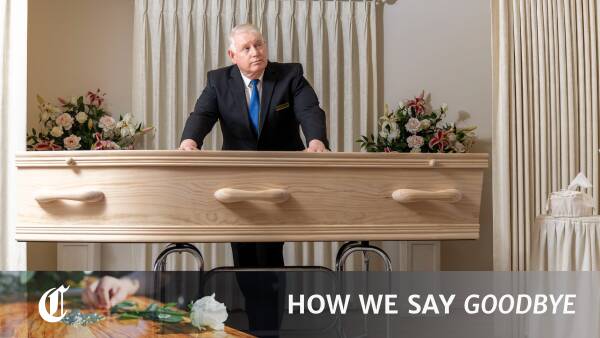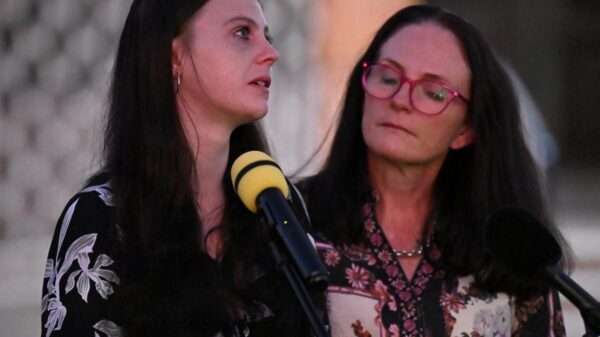URGENT UPDATE: A significant shift in funeral practices is occurring across Australia, with traditional ceremonies rapidly declining in popularity. This transformation is driven by rising costs and changing societal attitudes towards death, particularly following the COVID-19 pandemic.
Latest reports reveal that as of now, approximately 70% of Australians opt for cremation over burial, a trend that continues to grow. This change is particularly evident in urban areas where space is limited and the costs of burial plots soar. Kerry McMurray, CEO of Canberra Memorial Parks, explains, “The change since COVID has been an ongoing increase in the percentage of people that choose cremation over burial.”
In response to economic pressures, funeral homes are witnessing a surge in demand for “no attendance funerals.” These services, where the deceased is cremated without the presence of family members, are at least 5% cheaper than traditional services. Clayton Perry from Grantley Perry & Sons describes the process: “Wherever the person passes away, we bring them back to the funeral home, and then we make a time with the crematorium to have the cremation done.”
Additionally, the pandemic has prompted many to rethink their end-of-life plans. Families are now more open to discussing funeral arrangements, allowing for personalized tributes that reflect the deceased’s wishes. Innovative options such as cardboard coffins, shrouding, and even natural burial grounds are gaining traction. Tender Funerals, a not-for-profit organization in Canberra, reports that almost half of the families they serve have chosen eco-friendly cardboard coffins.
Cultural considerations are also reshaping the funeral landscape. The new ACT government crematorium in Gunghalin is designed to accommodate diverse religious practices, including specific preferences for cremation direction among Hindu families. Michelle Dariol, the crematorium manager, states, “After we implemented it, we found that a lot of other families wanted to participate, not just people of the Hindu faith.”
The impact of COVID-19 has extended to how funerals are conducted. Live streaming services have become prevalent, allowing family and friends from around the globe to attend virtually. Perry notes, “Now, 90% to 95% of my services are live streams, and they have really progressed since then.”
This evolving landscape of funerals reflects broader societal changes, challenging traditional norms and embracing more accessible and relatable options. Families are now empowered to create meaningful farewells that resonate with their loved ones’ lives and legacies. As funeral practices continue to adapt, the conversation around death is becoming increasingly open and inclusive.
With these shifts in mind, it’s clear that the way Australians honor their deceased is undergoing a profound and necessary evolution. Share your thoughts on these changes as the conversation around death becomes more relevant than ever.

